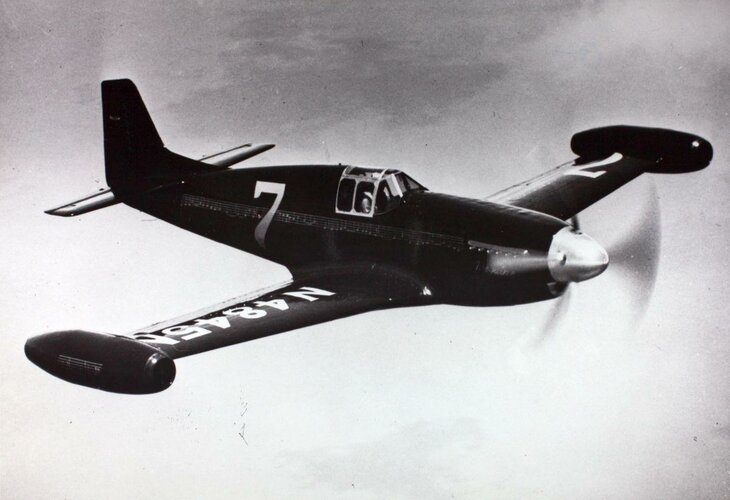ford_tempo
ACCESS: Confidential
- Joined
- 31 January 2011
- Messages
- 78
- Reaction score
- 9
Hi
I found this paper:
more information is in the Wikipedia:

 en.wikipedia.org
en.wikipedia.org
or here
The idea is to use waste heat from the radiator in a piston engine to add heat to air compressed by ram effect in suitably shaped duct to increase engine efficiency.
I did't know it was applied to WWII engines of famous aircraft.
best
F_T
I found this paper:
more information is in the Wikipedia:

Meredith effect - Wikipedia
or here
The idea is to use waste heat from the radiator in a piston engine to add heat to air compressed by ram effect in suitably shaped duct to increase engine efficiency.
I did't know it was applied to WWII engines of famous aircraft.
best
F_T




